 Whether you’re an old hand at developing for Microsoft’s platforms or completely new to The Ways of The Empire, you’ll find the upcoming Toronto Code Camp to be a great way to get some deep information on .NET development as well as a way to meet some of the most active and engaged members of the local Microsoft developer community. It takes place at the Manulife Building (200 Bloor Street East, on the north side between Church and Jarvis) and runs from 8:00 a.m. to 5:00 p.m., and registration is free.
Whether you’re an old hand at developing for Microsoft’s platforms or completely new to The Ways of The Empire, you’ll find the upcoming Toronto Code Camp to be a great way to get some deep information on .NET development as well as a way to meet some of the most active and engaged members of the local Microsoft developer community. It takes place at the Manulife Building (200 Bloor Street East, on the north side between Church and Jarvis) and runs from 8:00 a.m. to 5:00 p.m., and registration is free.
Toronto Code Camp will have 5 tracks in its agenda:
- ASP.NET: Covering Active Server Pages technology, which includes Virtual Earth and the new ASP.NET MVC framework, which gives you the goodness of frameworks like Rails and Django and the speed and libraries of .NET. The ASP.NET MVC: Beyond the Basics presentation by Richard Obuhowich is definitely on my own “must-see” list.
- Data / Architecture: SQL Server, plus ADO.NET, LINQ and the Microsoft Sync Framework.
- .NET Framework: This is a really broad topic, and this year, the sessions will be on building installers with WiX, building extensions to Office and Visual Studio, building SharePoint apps, and a fast introduction to Windows Mobile development by Mark Arteaga that I intend to catch.
- Silverlight / WPF: The track for people who want to build rich multimedia interfaces for the web (Silverlight) and Windows (WPF, short for Windows Presentation Foundation). I’m thinking of seeing Robert Burke’s Silverlight from 2 to 3 – or, Silverlight Beyond MIX09 presentation, which is supposed to be PowerPoint-free!
- Future / Other: A catch-all track for topics about upcoming developer tools and tech, as well as things that don’t quite fit in the other tracks. There are presentations on the F# programming language (an OCaml-like .NET language), the Azure cloud computing platform, upcoming goodies like the .NET 4.0 framework and VB10 plus a session titled 2D XNA Game Programming for Fun and Profit by Josef Rogosky.
For more details about all the sessions and when they’ll take place, see the Toronto Code Camp agenda.
I’m going to be there, attending as both a developer looking to learn as well as a Sith Lord representing the Empire. I’m going to take notes, snap photos and perhaps even shoot a little video; I’m also going to see what I can do about bringing some swag to give away.
The registrations are coming in fast and furious, so if you want to come, make sure you register now!
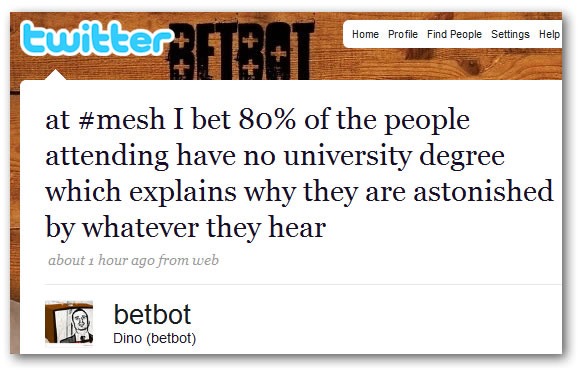
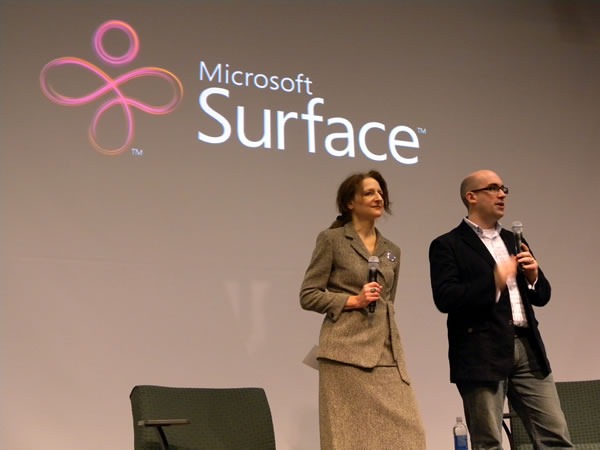
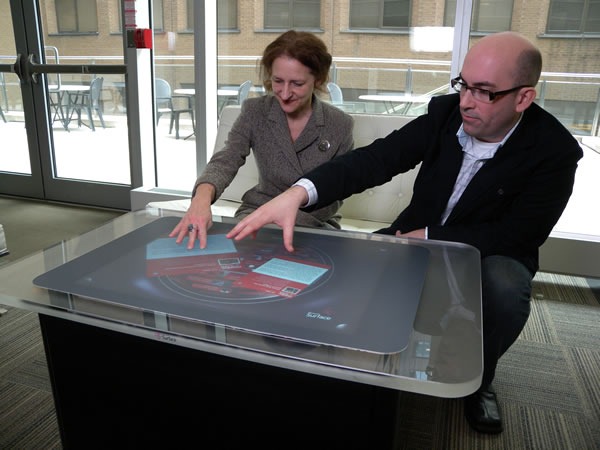
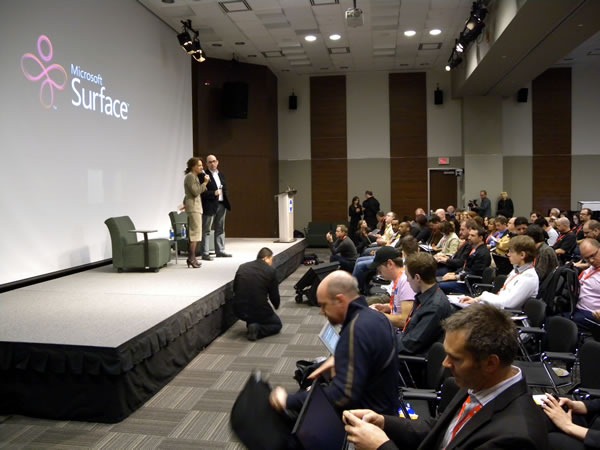
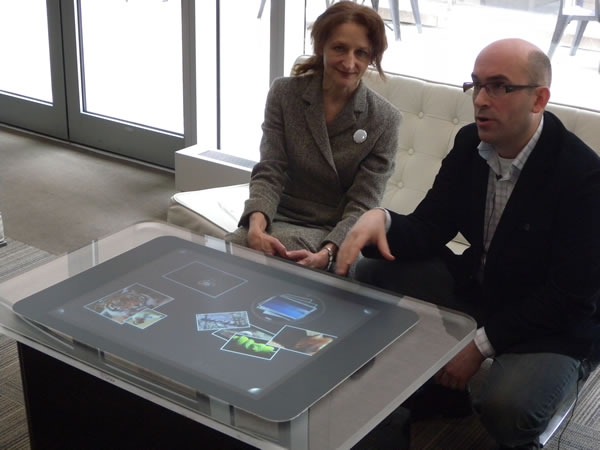
 ComputerWorld has a report citing a couple of interesting poll results:
ComputerWorld has a report citing a couple of interesting poll results: